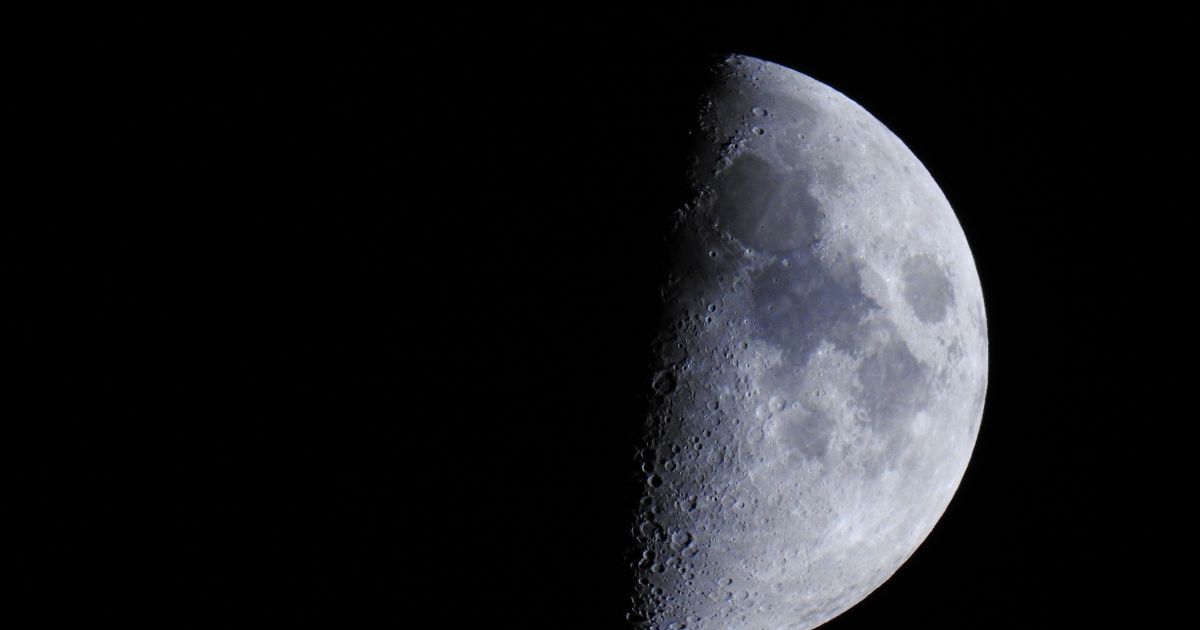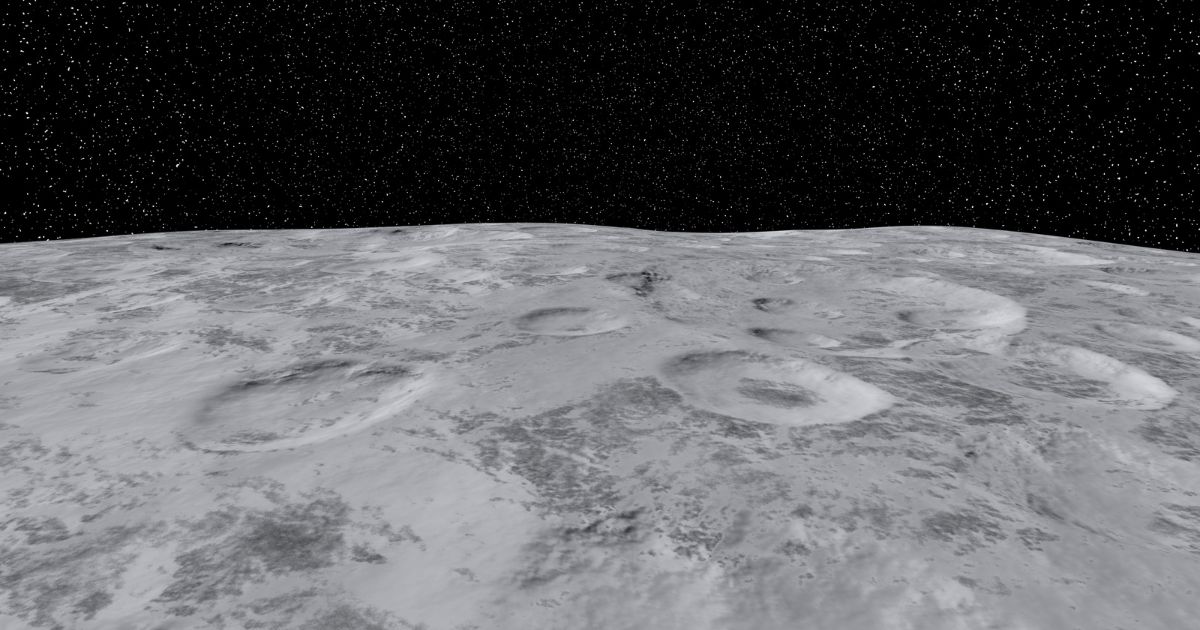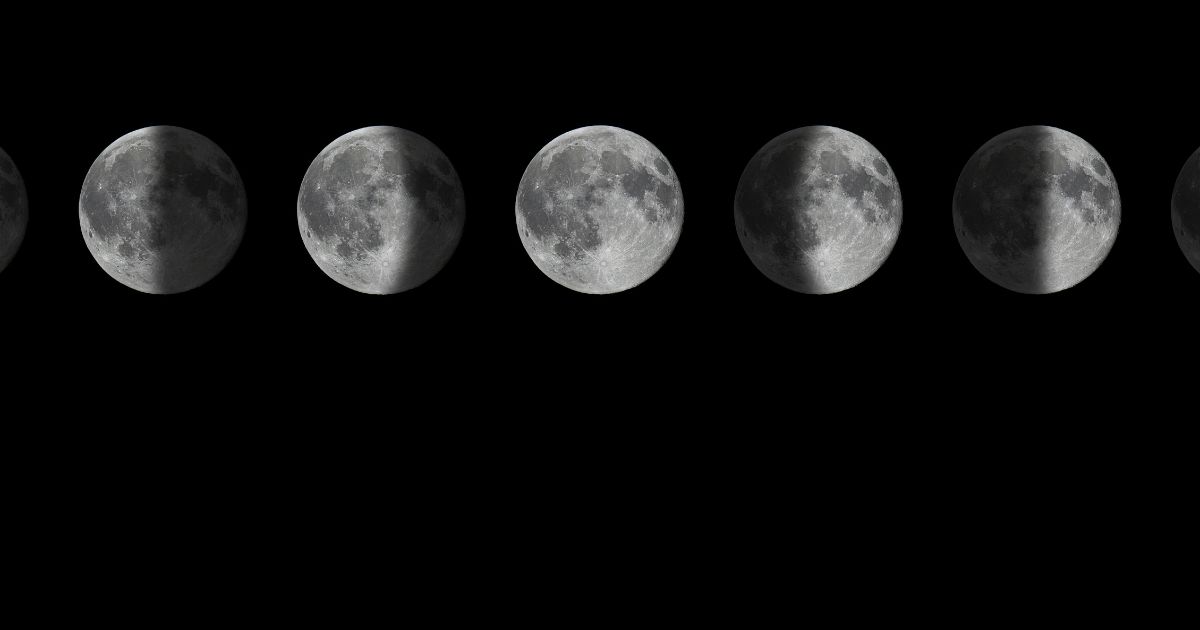Have you ever wondered why the Moon changes shape in the sky, or why it was red that one night? If you have, you’re in luck. Today, we will be learning all about the Moon, its atmosphere, surface, gravity, and more! Strap in your seatbelts, let’s takeoff to the Moon!

The Moon seen from space
30+ Fun Facts about the Moon
The Moon is the only thing that orbits Earth
It is about 6 times smaller than Earth
The same can be said for its gravity, which is also 6 time weaker than Earth’s
The Moon may seem big, but it is the 5th largest Moon in the solar system
Earth and the moon are, on average, 240,000 miles (385,000 kilometers) away from each other
The Moon’s gravitational pull on Earth is what causes the tides
The Moon spins a lot slower than Earth, each day lasting about 30 Earth days
The Moon rotates the same speed as it orbits Earth, meaning that the same side always points at Earth (Synchronous rotation)
It has a very thin atmosphere called the exosphere
The Moon has no magnetic field
The highest temperature ever recorded on the Moon was 260 degrees Fahrenheit (127 degrees Celsius)
The coldest ever temperature was recorded at -280 degrees Fahrenheit (-173 degrees Celsius)
The Moon is covered in lots of craters and valleys
The largest crater is called the South Pole-Aitken Basin
Its “soil” is called regolith
Moon dust smells just like gunpowder
There are many footprints on the Moon from astronauts, these will be there for millions of years because there is nothing to erode them
Water is not on the Moon, but there could be ice in the shadows of craters at its poles
The Moon is gradually escape Earth’s orbit at a rate of 1.5 inches (3.8 centimeters) per year
The Moon only reflects 12% of the sunlight that hits it, a relatively low number
Due to sunlight hitting the Moon at different angles, the Moon has phases
These phases are the new, crescent, gibbous, quarter, and full Moons
The Moon also causes eclipses with the Sun
The two main types of eclipses are lunar and solar
A solar eclipse is when the Moon blocks the Sun
A lunar eclipse is where the Moon is directly between the Sun and the Moon
The first people to visit the Moon were apart of the Apollo mission in 1969
The the two astronauts that walked were Neil Armstrong, Buzz Aldrin while Michael Collins operated the command module
Between 1972 and 1969, 12 astronauts have walked on the Moon
Many lunar calendars use the Moon to track time
Galileo was one of the first people to discover the Moon

The Moon’s surface
Frequently Asked Questions; Become an Expert!
How far is the Moon from Earth?
The Moon orbits the Earth from 240,000 miles (385,000 kilometers) away. However, this number is increasing as the Moon moves about 1.5 inches (3.8 centimeters) away from Earth each year.
How big is the Moon?
The Moon is the 5th largest Moon in the Solar System. It is about 6 times smaller than Earth with a diameter of 2,1600 miles (3,500 kilometers).
How long does it take to get to the Moon?
It takes about 3 days to get to the Moon, that’s 10,000 miles an hour!
Does the Moon rotate?
Yes, the Moon does rotate. The cool thing about the Moon’s orbit is that it is a Synchronous rotation which means that it rotates about the same speed as it orbits the Earth. This means that we always see the same side of the Moon.
Why is the Moon orange tonight?
The Moon could be orange for a variety of reasons. Pollution or smoke are some possibilities, but the most common is the Moon’s position near the Earth’s atmosphere. It could be in a unique position where shorter wavelengths are filtered away and only the colors with long wavelengths (orange and red) can be seen.
Why is it called a Blue Moon?
The term “blue moon” originated as a phrase for something that was near impossible to occur. Then, after an eruption from a volcano, people reported seeing weird sunsets and Moon colors because of the ash in the air. In these sunsets, the Moon appeared blue, so the term “blue moon” stuck.
What are the Moon phases?
The Moon has 8 different phases. They are the New Moon, Waxing Crescent, First Quarter, Waxing Gibbous, Full Moon, Waning Gibbous, Third Quarter, and Waning Crescent. The New Moon is when the Moon is completely dark while the Full Moon is when the Moon is fully illuminated. The First and Third Quarter is when the Moon is half lit. The Gibbous is when the Moon is ⅔ illuminated and the Crescent is when the Moon is ⅓ illuminated. Finally, the words Waxing and Waning refer to the stage the Moon is heading towards. Waxing means reduced light and Waning means gaining light.

5 of the 8 Moon phases
That’s all, Moon Walkers! Thank you for learning all about the Moon with us. Hopefully you aspire to be the next big Moon scientist, or better yet, the next Neil Armstrong! The Moon’s surface, eclipses, and phases are so fascinating and scientists are learning new things about our solar neighbor everyday!
Want to learn more about the planets in our solar system? Check out these other articles:

Leave a Reply